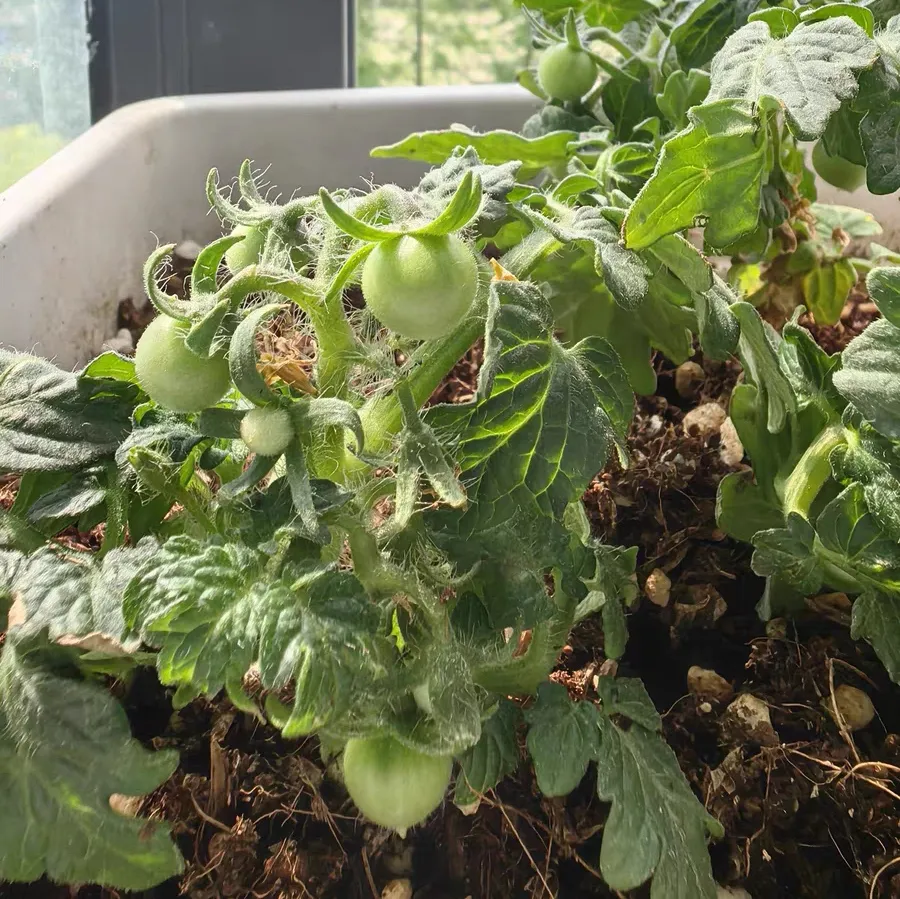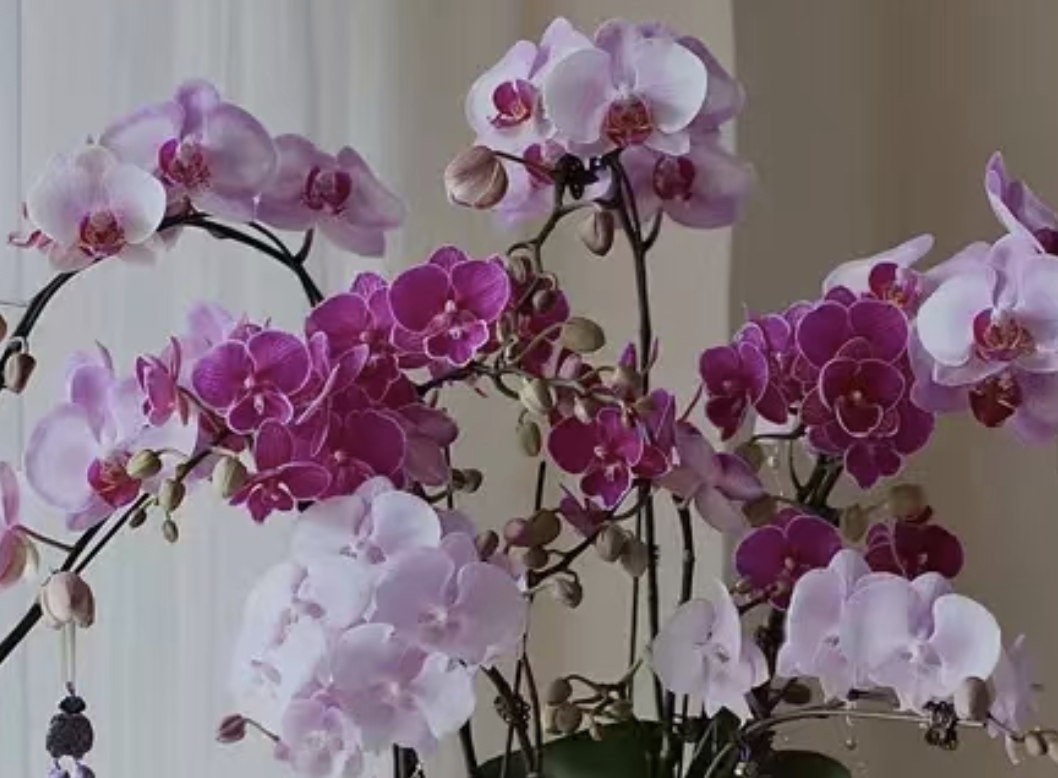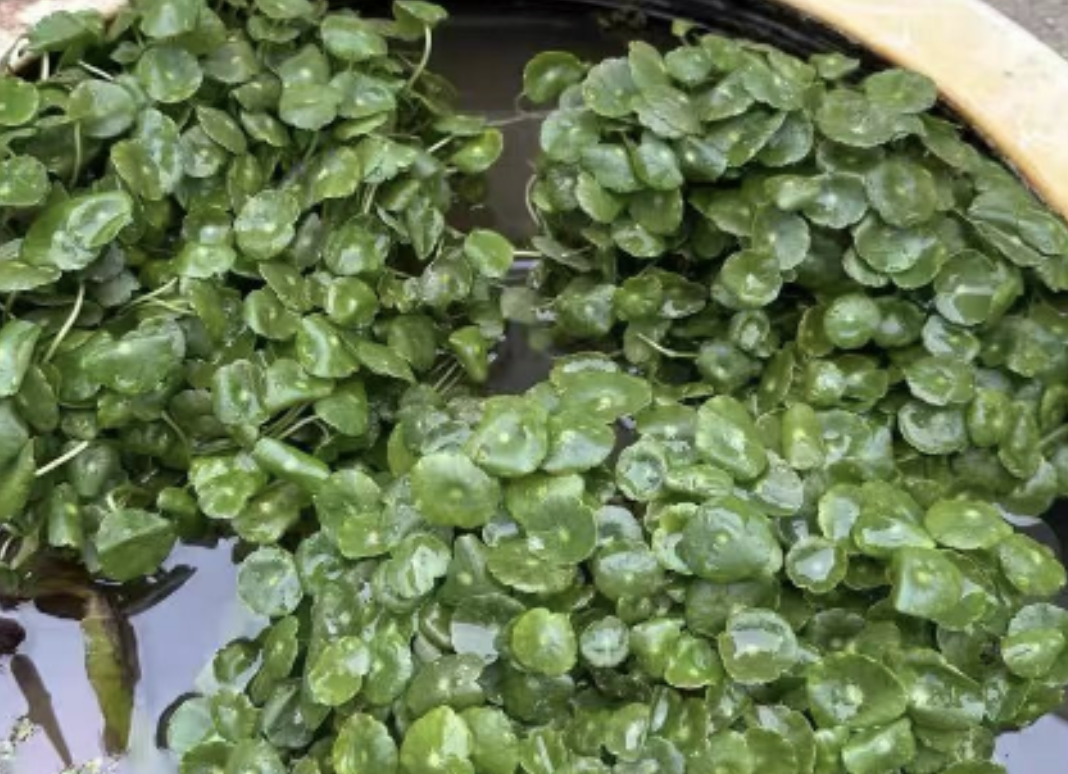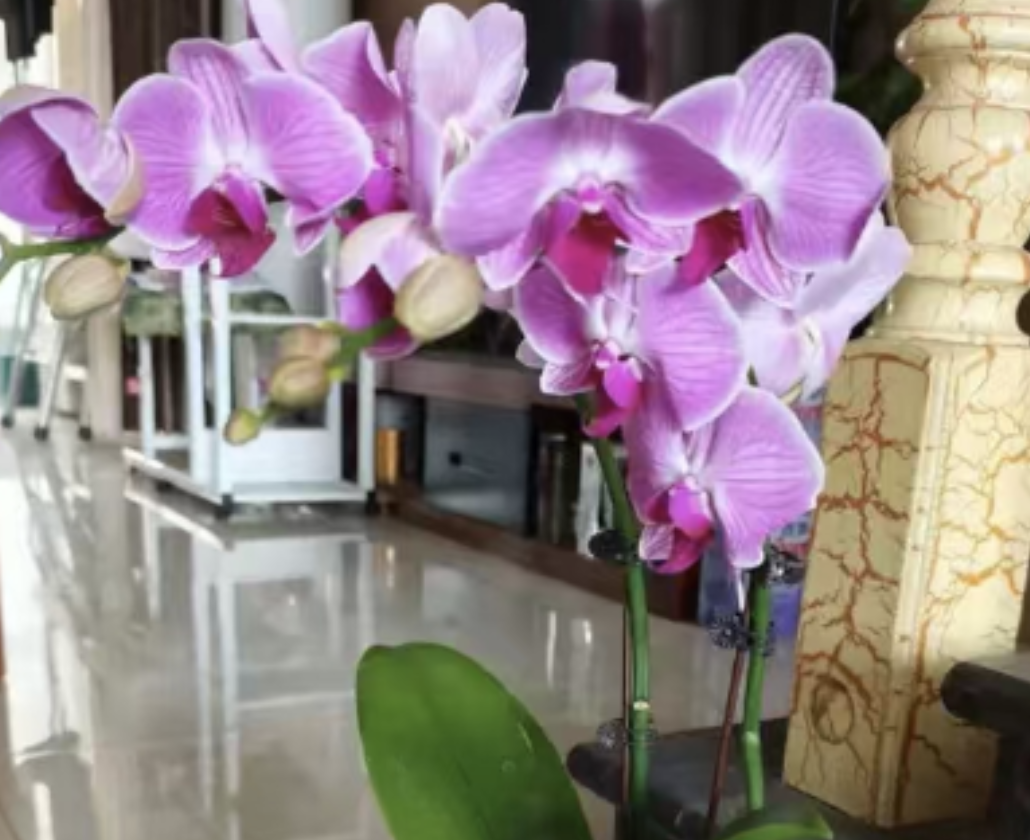It’s not all smooth sailing once cherry tomatoes set fruit. If you want them to bear more, sweeter fruits and continue to yield a bountiful harvest, three steps are indispensable: pruning, fertilizing, and pest/disease prevention! Today, I’ll go through the specific operations in detail.
### Pruning after fruiting
Timely pruning after fruiting can not only reduce nutrient waste but also make new branches grow stronger. Remember these 3 key points:
1. When the tomatoes are 60% ripe, leave a thick side branch at the bottom and cut off the main branch that has already fruited. Let this side branch become the new "main force," and it will continue to flower and bear fruit later.
2. Directly cut off the branches at the bottom that block ventilation. For each cluster of fruits, leave only 3 healthy branches and leaves (to produce nutrients through photosynthesis). Remove all the remaining overcrowded, diseased, or weak branches to avoid nutrient competition and poor ventilation.
3. Be sure to prune on a sunny morning! At this time, the wounds heal quickly and are less likely to get infected by pathogens. Don’t water immediately after pruning; place the plant in a well-ventilated area to let the wounds dry, and resume normal care after 1-2 days.
### Fertilizing and watering
Cherry tomatoes consume a lot of nutrients during the fruiting period. Incorrect fertilization and watering can lead to small fruits, poor taste, or even fruit drop!
1. Focus on supplementing high-phosphorus and high-potassium fertilizers, such as bone meal, potassium dihydrogen phosphate (can be watered at the roots or sprayed on the leaves after dilution), combined with organic fertilizers like decomposed sheep manure. This not only promotes fruit enlargement but also prevents premature aging of the plant, resulting in sweet and juicy fruits.
2. Insert a chopstick 2cm into the soil—if it comes out clean, it’s time to water. Water thoroughly but avoid waterlogging. You can slightly control water during the flowering period (but don’t let the soil get too dry) to promote fruit setting; after fruiting, resume the normal watering frequency to meet the needs of fruit growth.
*Tip: Never water at noon in hot weather! Morning or evening is best to avoid root irritation from large temperature differences.*
### Pest and disease prevention
Plants are weak during the fruiting period and prone to pests and diseases, especially these two that need key prevention:
1. Powdery mildew: White powdery spots appear on the leaves. At the first sign, spray露娜森 (Luna森) diluted at a 1:1000 ratio. Don’t wait until it spreads.
2. Late blight: Dark green water-soaked spots appear on the leaves. Use 银发 (Yinfa) diluted at a 1:1000 ratio for control. Immediately pick off and bury or burn diseased leaves; don’t leave them in the pot to spread the disease!
In addition, when preventing diseases, you can spray 0.3% potassium dihydrogen phosphate solution on the leaves. It can supplement nutrients and enhance resistance—killing two birds with one stone.
### Notes
1. Never cut off too many leaves for the sake of "tidiness." Leave enough functional leaves for photosynthesis, otherwise the fruits won’t grow large!
2. Remember to "apply thin fertilizer frequently." Excessive fertilization at one time can easily burn the roots, leading to leaf drop and fruit drop. It’s better to apply small amounts multiple times than to overdo it.
How to care for cherry tomatoes after they set fruit

Share with
Tagged in :




Leave a Reply